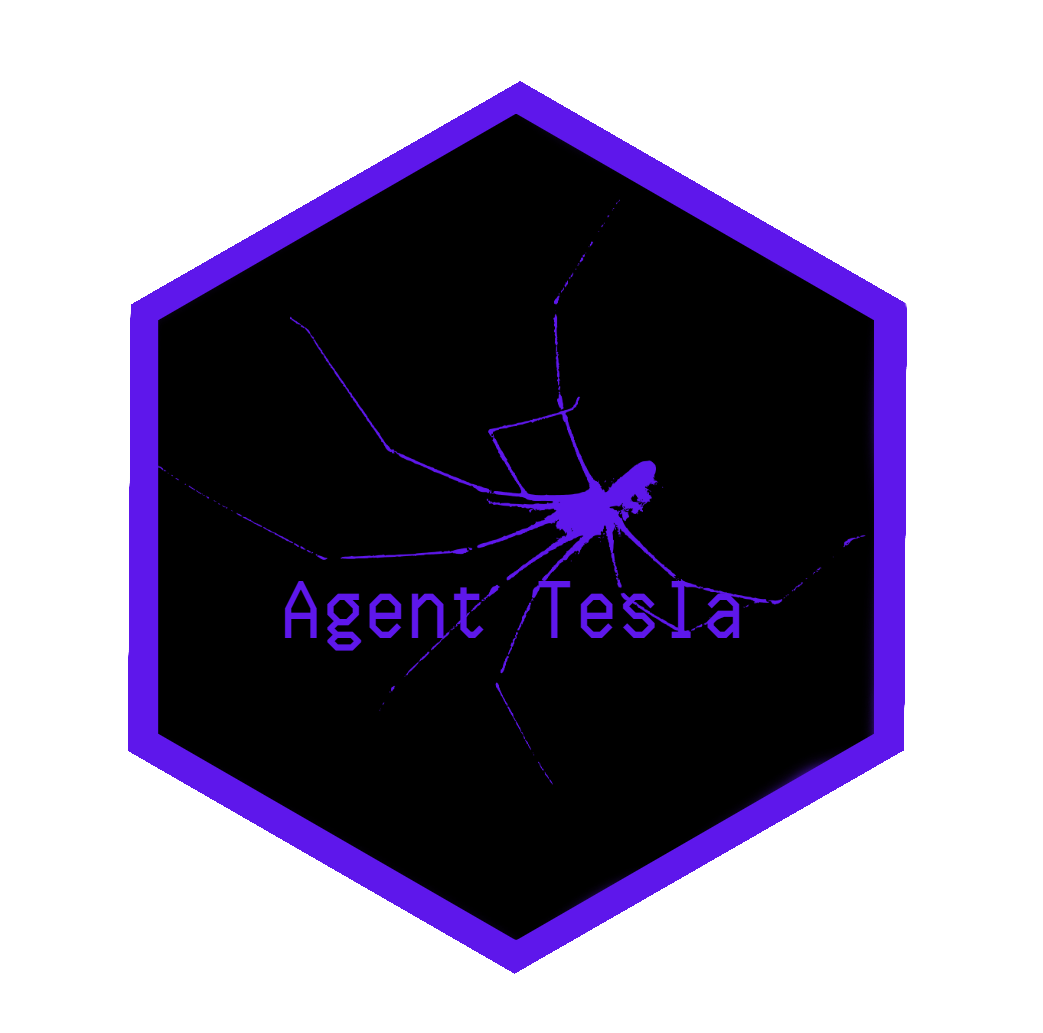Reverse Engineering & Malware Analysis
How does the malware work under the hood? What are the tactics, techniques and procedures used? What IOC’s identify the malware? I will try to answer these questions here

Reverse Engineering njRAT
njRAT, also known as Bladabindi, is a Remote Access Trojan (RAT) which allows the adversary to control the end-user’s computer. It was first found in June 2013 with some variants traced to November 2012. It was made by a hacking organization from different countries called M38dHhM and was often used against targets in the Middle East.

Dynamic Analysis of Agent Tesla
Agent Tesla is a remote access trojan (RAT) written in .NET that has been actively targeting users using Windows. It has been employed in many cyber attacks across different spheres over the years. It was particularly widely utilized during the COVID-19 pandemic.

How to Set Up Your Own Malware Analysis Lab?
Having a dedicated and secure lab environment is essential in malware analysis. A proper lab allows you to investigate suspicious files, monitor their behavior, and develop defense strategies – all without risking your production systems or personal data.
